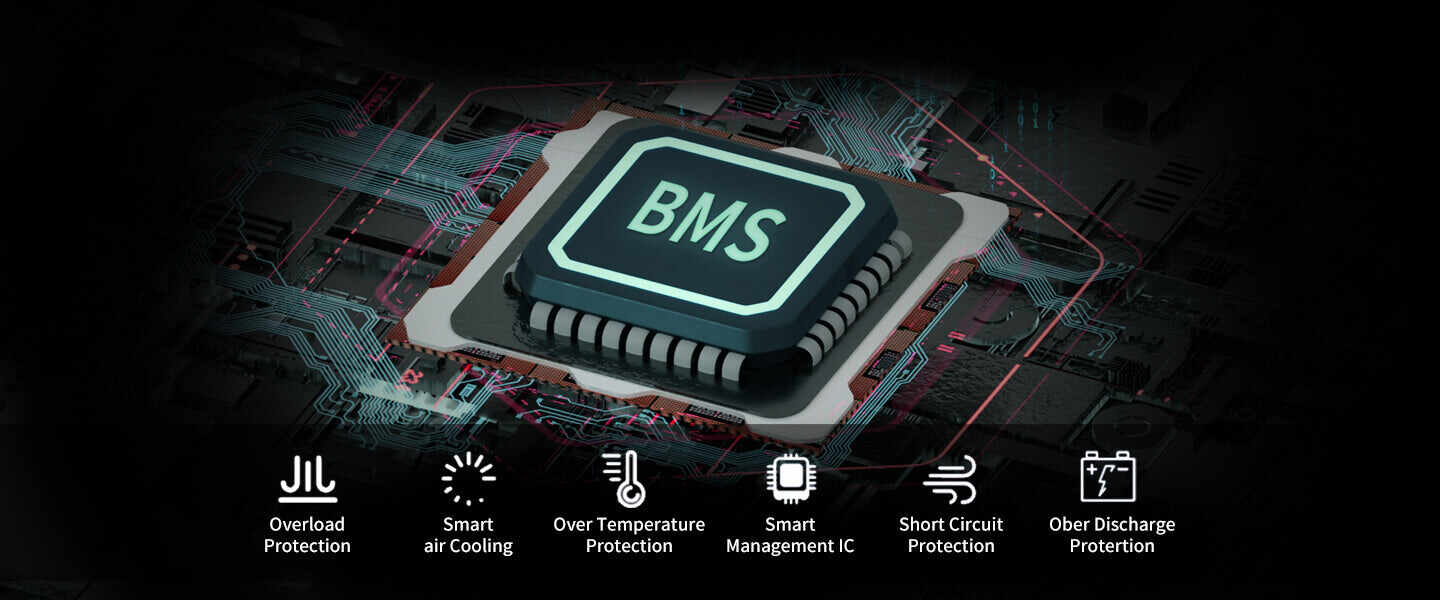Email format error
Email cannot be empty
Email already exists
6-20 characters(letters plus numbers only)
The password is inconsistent
Email format error
Email cannot be empty
Email does not exist
6-20 characters(letters plus numbers only)
The password is inconsistent


Portable outdoorEnergy Storage Power There are multiple output methods, AC 220V output jack, QC3.0 USB-A interface, PD USB-C interface, DC output interface, car charger output interface and other common daily interfaces. I'll introduce the differences between these interfaces and their uses one by one.
AC Interface: AC is alternating current, which refers to current that varies periodically in magnitude and direction from time to time, with a running average of zero in a cycle. AC is usually waveformed as a sinusoidal curve. AC can be effective in transmitting electricity. But there are actually other waveforms used, such as triangular waves and square waves. The utility power used in life is 220V AC power with a sine waveform. There is an AC output interface is to support the use of 220V plug appliances.
DC interface: DC refers to direct current, generally commonly used 3V, 5V, 9V, 12V and several other common voltages, batteries and chargers are most typical, the general output of the charger is about 5V, the general digital devices are charged using the interface!
Type-C interface: type c interface is a mainstream form of USB interface, the full name is called USB Type-C. It has a smaller size than Type-A and Type-B, and can be applied to both PCs (master devices) and external devices (slave devices, such as cell phones) type of interface. /D-, one pair of SBU, 2 CC, plus 4 VBUS and 4 ground.
USB port: In the past, many USB chargers and most previous computer USB ports provided a charging current between 0.5A and 1A. Through this USB interface to handheld devices charging, it will generally feel slower. And through the output current of 2A interface to the handheld device charging, it will be much faster. Many computers now offer high-current USB ports, so you can achieve fast charging.
PD interface.
The meaning of pd charging contains the following 3 points.
1, pd charging is USB-Powerdelivery (USBPD), is one of the main fast charging protocols at this stage.
2, pd charging through the USB cable and RF connectors to improve power engineering transport and expand the power distribution capabilities of the cable system bus in USB applications.
3, the standard transport efficiency of up to 100 watts, can change the direction of transmission of power engineering at will.
The relationship between pd charging and Type-C charging
Some people often put USBPD and Type-C together, and even call Type-C charging heads PD charging heads. USBPD and Type-C are actually two different things. USBPD is a fast charging protocol, and Type-C is a new interface specification.
By default, the Type-C socket is set larger for 5V/3A, but can be made more powerful after maintaining the USBPD protocol for the 100W mentioned above.
As a result, the USBPD protocol will work for many facilities that are easy to use with Type-C sockets.